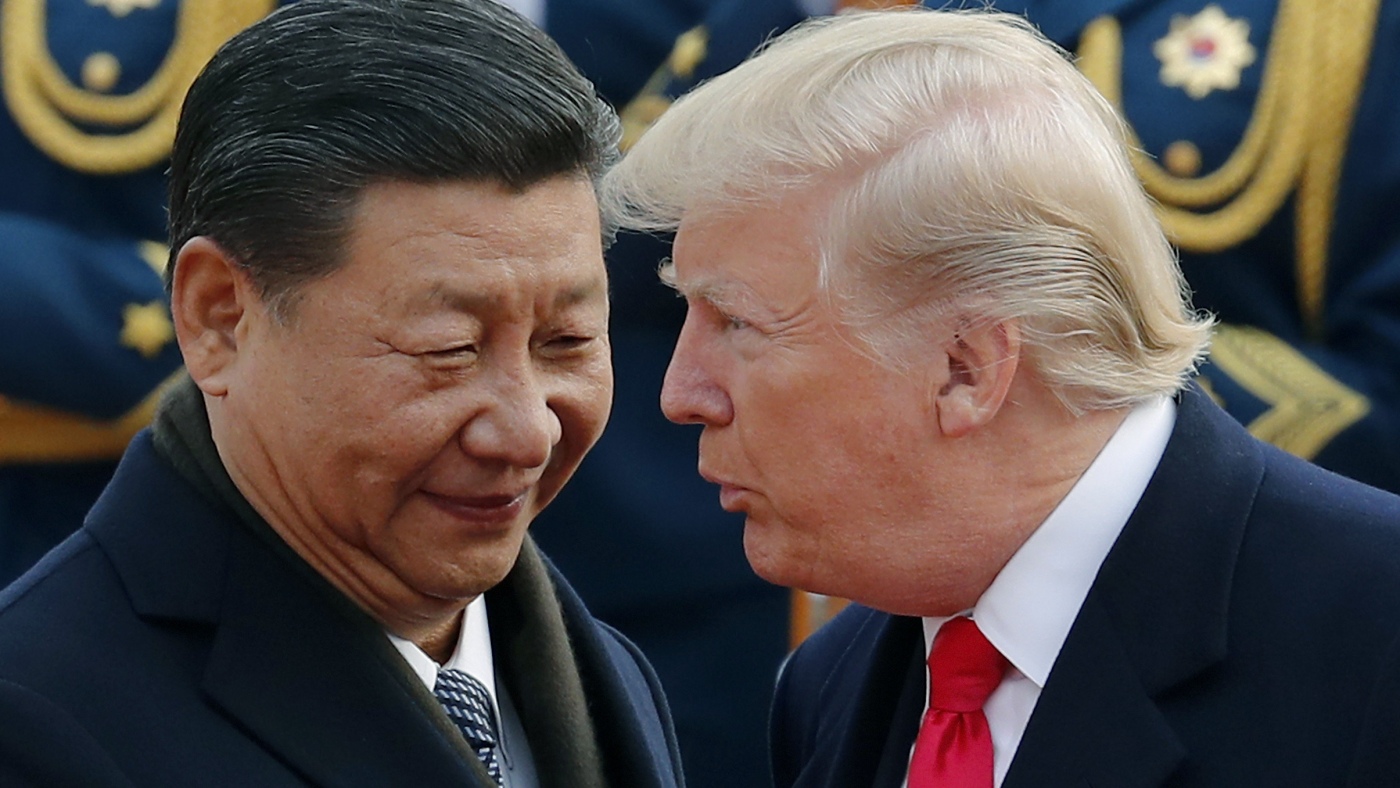The phone call between U.S. President Donald Trump and Chinese President Xi Jinping marked a pivotal moment in a protracted and intense trade confrontation between the two largest global economies. It was the first direct communication since Trump began his second term and since the escalation of a tariff war that rattled global markets and strained bilateral relations.
Context of the Call: A Fraught Trade Landscape
Since Trump’s inauguration, the U.S. adopted a hardline stance on trade with China, initiating tariffs on a wide range of Chinese goods aimed at correcting what it viewed as unfair trade practices, intellectual property theft, and structural trade imbalances. China retaliated with its own tariffs, sparking a tit-for-tat tariff war that increased duties on billions of dollars’ worth of goods. The resulting standoff risked disrupting global supply chains, increasing consumer prices, and dampening economic growth worldwide. Against this backdrop, direct communications became ever more urgent for both leaderships.
Breaking the Ice After Months of Silence
The call, reportedly initiated by Trump and lasting approximately one and a half hours, shattered months of silence since tariffs began escalating. Chinese state media and multiple news outlets confirmed the conversation, characterizing it as the first known direct engagement between the two presidents since January of that year and the first amidst the ongoing tariff imposition cycle.
The conversation was significant for several reasons. It signaled a willingness, at least temporarily, to reestablish lines of dialogue amid a fraught and deteriorating relationship. Both sides seemed to recognize the potentially destabilizing effects of continued tariff escalation, and the call represented a fragile truce that aimed to carve a path back toward negotiations.
Key Topics and Tensions
According to available reports, the dialogue covered the gamut of contentious issues: ongoing tariff battles, trade imbalances, and even broader strategic concerns such as technology disputes, notably TikTok, and public health challenges like fentanyl trafficking. The debate highlighted the complex interdependence yet deep rivalry characterizing U.S.-China relations.
Donald Trump himself described Xi Jinping as “extremely hard to make a deal with,” reflecting the entrenched difficulties in reaching common ground. This candid admission rooted the call in the reality that mutual suspicion and competing national interests severely constrain easy resolutions. Nonetheless, the sustained communication underscored that dialogue remained indispensable despite these obstacles.
The Broader Implications for Global Trade
The Trump-Xi phone call did more than momentarily alleviate tensions; it punctuated the precariousness of the global trading system amid rising protectionism. With factories in China contracting and trade activity cooling, the conflict endangered worldwide economic momentum. Market participants and international observers closely monitored the call’s outcome as a bellwether for future trade dynamics.
The call also underlined the challenge of balancing domestic political pressures against the need for cooperation on international economic governance. Trump’s administration faced substantial criticism for aggressive tactics that risked a trade war spiral, while Beijing accused the U.S. of undermining a trade truce agreed to earlier in Geneva.
Conclusion: A Step Toward Dialogue, Not a Resolution
While the phone call between President Trump and Xi Jinping represented a landmark moment breaking months of silence, it did not signal an immediate end to the tariff war or a comprehensive resolution of the complex issues dividing the two powers. Rather, it symbolized the necessity of continued direct engagement amid escalating strategic competition and economic friction.
The conversation demonstrated that even in the midst of heightened tensions and mutual recrimination, dialogue remains a crucial tool to prevent further deterioration. Future U.S.-China relations will hinge on whether such engagement can evolve into meaningful negotiation frameworks, or whether geopolitical rivalries will outpace diplomatic efforts.
In essence, the call was a fragile bridge spanning an ever-widening divide—a reminder that in global diplomacy, especially between two giants interlinked by trade, communication cannot be abandoned even when conflict appears inevitable.


